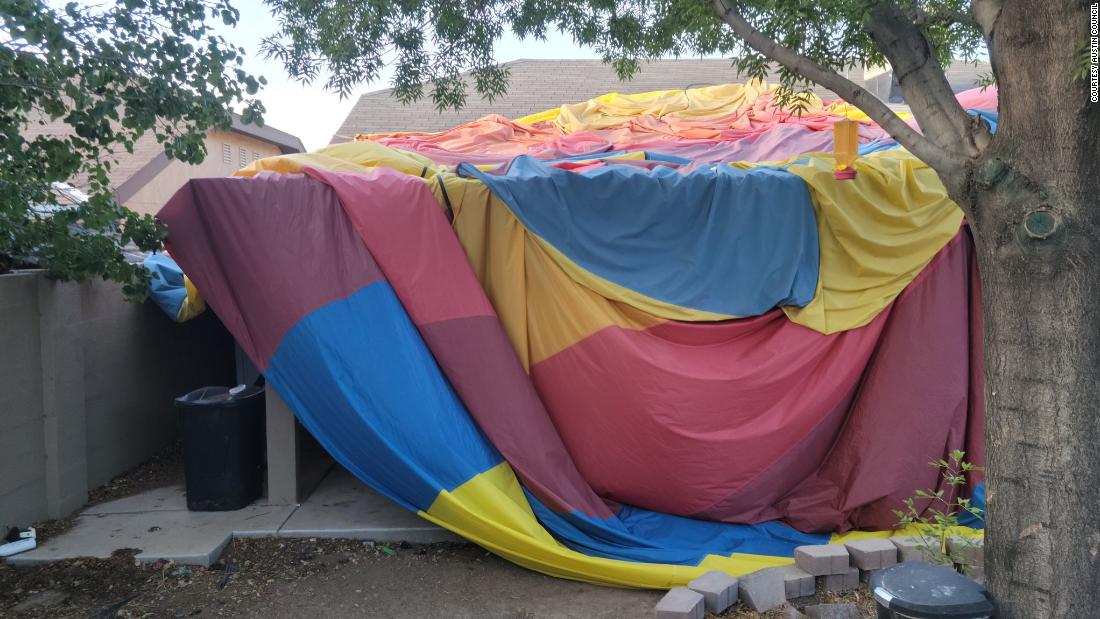Growing Green in Small Spaces:
Having a small backyard doesn't mean you have to give up on the dream of growing your own fresh, delicious vegetables. With a bit of creativity and some space-saving techniques, you can transform even the tiniest outdoor area into a thriving vegetable garden. In this guide, we'll explore how to start a vegetable garden in your small backyard, so you can enjoy the satisfaction of homegrown produce without the need for a vast expanse of land.
The Benefits of a Tiny Backyard Vegetable Garden
Before we dive into the how-to's, let's consider the advantages of having a small vegetable garden:
1. Fresh and Organic Produce: Grow your own vegetables to enjoy fresh, organic produce without pesticides or chemicals.
2. Space Efficiency: Small gardens require less maintenance and are easier to manage, making gardening more accessible for busy individuals.
3. Cost Savings: Homegrown vegetables can save you money on groceries in the long run.
4. Improved Well-being: Gardening can be a therapeutic and stress-relieving activity that promotes well-being.
5. Environmental Impact: Reducing your reliance on store-bought produce can lower your carbon footprint.
Starting Your Small Backyard Vegetable Garden
Now, let's get started on creating your own mini vegetable garden in your tiny backyard:
Choose the Right Location:
- Observe your backyard to find the sunniest spot. Most vegetables require at least 6 hours of sunlight per day.
- If you have limited sunny areas, consider container gardening, which allows you to move plants to follow the sun.
Select Suitable Containers:
- If you're going for container gardening, choose pots or containers of varying sizes and shapes. Ensure they have drainage holes to prevent overwatering.
- Hanging baskets, vertical planters, and window boxes can maximize space and add aesthetic appeal.
Prepare Quality Soil:
- Invest in high-quality potting soil or mix your own using compost, perlite, and vermiculite. Good soil is the foundation of a healthy garden.
- Use raised beds or vertical gardening structures to conserve soil space and improve drainage.
Choose the Right Vegetables:
- Opt for compact or dwarf varieties of vegetables that are well-suited for small spaces. Examples include cherry tomatoes, bush beans, and mini bell peppers.
- Herbs like basil, cilantro, and mint also thrive in containers.
Plan Your Layout:
- Sketch a rough garden layout to make the most of your limited space. Consider vertical gardening with trellises or wall-mounted planters.
- Use companion planting techniques to maximize space and promote healthy growth. For example, plant lettuce under taller tomato plants.
Watering and Maintenance:
- Water your plants consistently to keep the soil evenly moist, but avoid overwatering.
- Mulch the soil surface to retain moisture and reduce weed growth.
- Regularly check for pests and diseases and take prompt action to protect your plants.
Harvest and Enjoy:
- Harvest your vegetables when they are ripe to encourage further production.
- Embrace the joy of homegrown meals by incorporating your fresh produce into your cooking.
Small Space, Big Rewards
Starting a vegetable garden in your tiny backyard may require some adjustments, but the rewards are well worth it. You'll have the pleasure of nurturing your plants and enjoying the fruits (or veggies) of your labor. Plus, a small backyard garden can be a beautiful and functional addition to your outdoor space, providing both food and aesthetic value.
So, roll up your sleeves, grab your gardening gloves, and get ready to grow green in your small backyard. With a little effort and ingenuity, you can transform your tiny outdoor space into a thriving vegetable garden that brings joy and fresh flavors to your life.
Maximizing Small Space Gardening
To make the most of your limited gardening space, consider implementing these space-saving techniques:
Vertical Gardening:
- Vertical gardening allows you to grow plants upward, saving valuable ground space. You can use trellises, wall-mounted planters, or even repurpose old pallets as vertical gardens.
- Ideal crops for vertical gardening include vining vegetables like cucumbers, beans, and peas.
Container Gardening:
- Containers are a versatile solution for small spaces. You can grow various vegetables in pots, window boxes, or hanging baskets.
- Be sure to choose containers that are the right size for the specific vegetable. For example, larger pots are suitable for tomatoes, while smaller ones work for herbs.
Square Foot Gardening:
- Square foot gardening involves dividing your garden space into small square-foot plots. Each square can host a different vegetable or herb.
- This method maximizes space utilization and simplifies garden planning.
Companion Planting:
- Companion planting is an ancient practice that involves planting different crops together to benefit each other. For example, planting marigolds alongside tomatoes can deter pests.
- Research companion planting strategies to make the most of your garden space and promote healthy plant growth.
Intensive Planting:
- Intensive planting involves planting crops closer together than traditional spacing. This method increases yields in small spaces.
- Be mindful of plant requirements and ensure they receive adequate nutrients and water.
Container Stacking:
- Stackable planters or tiered containers are excellent for growing multiple crops in a compact area. These systems allow you to grow vertically, saving floor space.
- Consider stacking containers with shallow-rooted crops like lettuce, herbs, and radishes.
Maintaining Your Small Garden
While small space gardening offers many benefits, it can also be a bit more challenging to maintain due to limited room for error. Here are some tips for successful small space garden maintenance:
Regularly check for pests: Small gardens are more susceptible to pest infestations. Keep a close eye on your plants and address pest issues promptly.
Stay organized: Keep a gardening journal to track planting dates, watering schedules, and any issues you encounter. This can help you make informed decisions about crop rotation and pest management.
Use high-quality soil: Invest in nutrient-rich soil and consider adding compost to improve fertility. Healthy soil is essential for productive plants.
Water wisely: Be mindful of watering to prevent overwatering or underwatering. Container gardens may dry out faster than traditional gardens, so monitor soil moisture regularly.
Fertilize appropriately: Provide your plants with the right nutrients by using organic fertilizers or compost. Follow recommended feeding schedules for optimal growth.
Prune and trim: Keep your plants well-maintained by pruning dead or diseased branches and leaves. This promotes healthy growth and airflow.
Harvesting Joy from Small Spaces
Starting a vegetable garden in your tiny backyard may present challenges, but it's a rewarding endeavor that allows you to connect with nature, reduce your ecological footprint, and enjoy fresh produce at your doorstep. Embrace the uniqueness of your small space and use creative gardening techniques to make the most of it. With patience, care, and a green thumb, your small backyard can be transformed into a flourishing oasis of homegrown delights. So, start planting and harvesting the joy that comes from nurturing your own mini vegetable garden.


/images/2023/03/22/avira_phantom_vpn_review.jpg)






 English (US) ·
English (US) ·